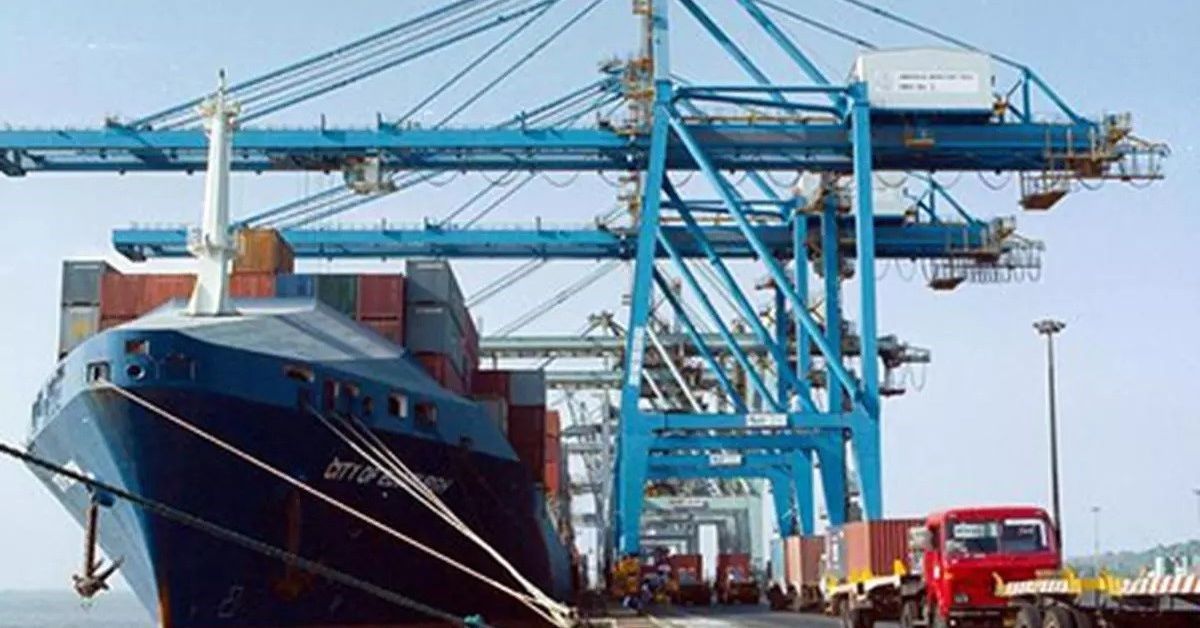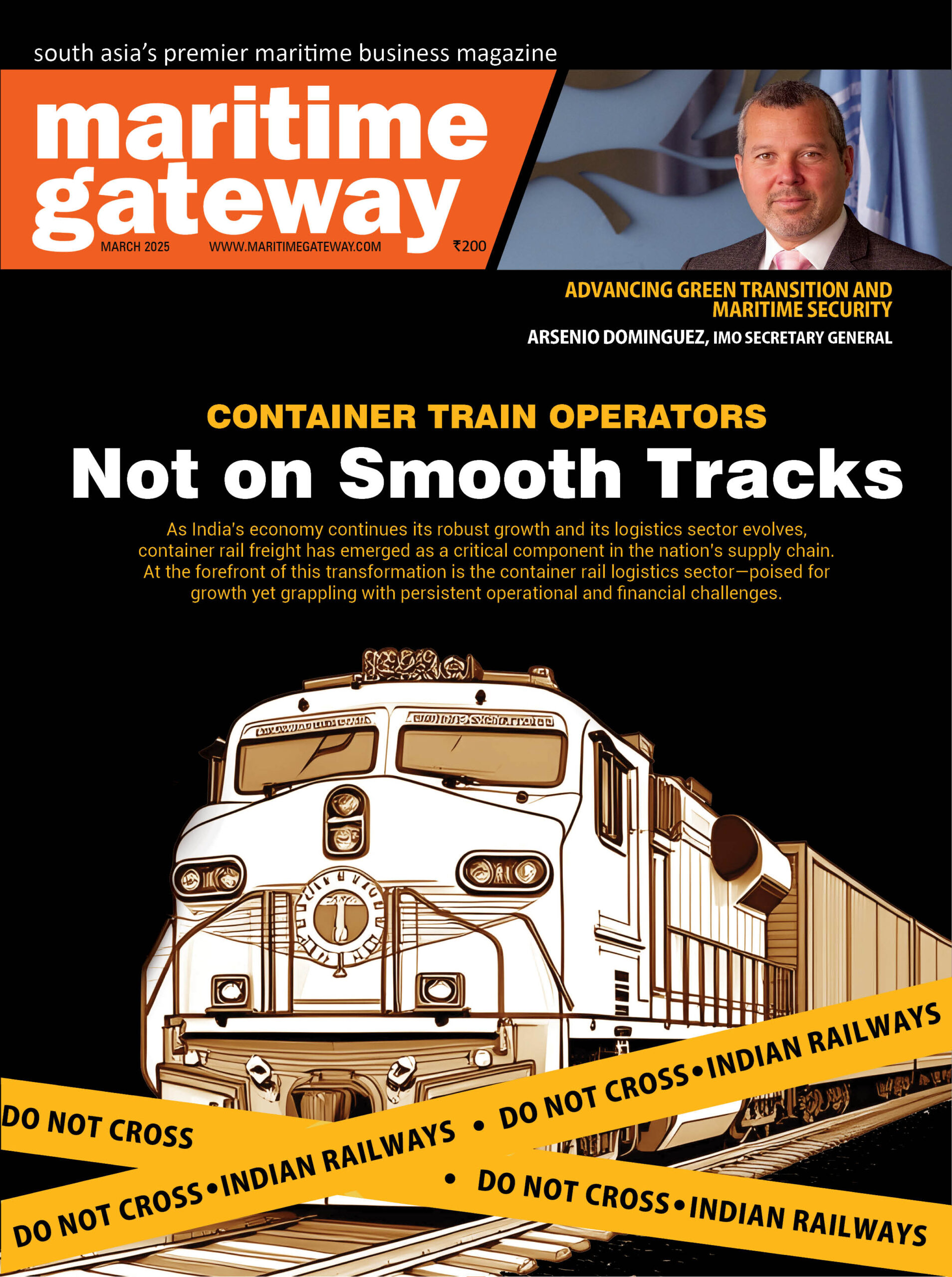In the first nine months of FY25, Syama Prasad Mookerjee Port, Kolkata (SMPK) had a steep drop in cargo volume, mostly due to a fall in coal flow at Haldia and Calcutta. SMPK reported a 12% drop in cargo volume between April and December compared to the same time last year, while 12 government-run main ports saw a 2.68 percent gain. The main east coast ports, including Visakhapatnam and Paradip, reported a little increase in total cargo flow of 0.75 and 3.78 percent, respectively. Additionally, they demonstrated a little increase in coal handling. On the other side, SMPK saw a 37% decrease in coal handling.
The SMPK chairman, Rathendra Raman, attributed the port’s subpar performance to a decline in thermal coal imports utilized by power plants. He observed that a decrease was a result of a shift in government policy that encourages the use of native coal rather than imports. Raman clarified that while all three of the cargo baskets—liquid, container, and break bulk—saw growth, it was insufficient to offset the decline in bulk cargo.
According to market research firm BigMint, India’s imports of coking coal, which is used by blast furnace-led steel mills, rose by 8% in CY24, suggesting that many private ports are luring clients away from their public sector counterparts. Additionally, imports of thermal coal increased by 3% between April and October. Some users claim that importers are increasingly using Haldia as a fallback option for bulk cargo, in addition to Paradip and Dhamra.
Even though individual ships can carry up to 32,000 tonnes in their hulls with full tidal support, Haldia can typically manage 18,000 tons of cargo per ship. According to SMPK officials, the port is providing trade incentives to offset the extra expenses importers face as a result of two port operations (Haldia/Calcutta and Paradip/Dhamra). At the same time, extensive mechanization of cargo operations at berths is underway in both Haldia and Calcutta to increase handling efficiency, which would result in a quicker turnaround time and less ship pre-berthing detention. The user industry would thus have to pay less in demurrage, which would lower the cost of logistics.
The port, which serves as the hub of Bengal’s industrial activity, also intends to use dredging to gradually raise the river’s draught by 0.5 meters over the course of the following five years. Achieving and maintaining the extra space between a ship’s bottom and the riverbed would enable a 5,000–7,000 tonne package load to be transported to Haldia on each trip, which would save expenses. After maintenance dredging, which costs the port roughly RS 400 crore a year, the riverine waterway that leads from the Bay of Bengal to Haldia has an average high tide draft of 8.5 meters.







